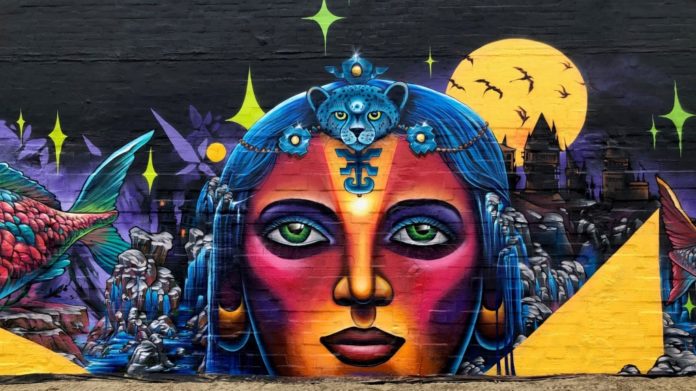
In the past few decades, the urban landscape of cities around the world has undergone a dramatic transformation, thanks to the rise of street art and graffiti. What was once considered vandalism is now celebrated as a legitimate form of artistic expression. Street artists and graffiti writers have turned the streets into their canvas, reimagining public spaces and leaving a mark on the cultural fabric of our cities. This article will delve into the world of street art and graffiti, exploring the mesmerizing murals, the vibrant artists, the controversial graffiti culture, and the captivating public art installations that have become synonymous with urban art.
The Rise of Street Art
Street art, also known as urban art, is an artistic movement that emerged in the late 20th century. It encompasses various forms of art, including murals, stencils, wheat-pasting, and installations. Unlike traditional art forms, street art embraces the rawness and imperfections of the urban environment, using it as a backdrop for creative expression. One of the key aspects of street art is its ability to engage with the public, transcending the boundaries of galleries and bringing art to the masses.
Exploring the Street Artists
Street art owes its existence to the plethora of talented artists who have made it their mission to shake up the art world and challenge societal norms. These artists often go by aliases to preserve their anonymity, which adds an aura of mystery and intrigue to their work. One such artist is Banksy, the elusive British street artist who rose to prominence for his politically charged stencils. Other notable artists include Shepard Fairey, known for his iconic “Hope” poster during Barack Obama’s presidential campaign, and the Brazilian twins Os Gemeos, renowned for their vibrant and whimsical murals.
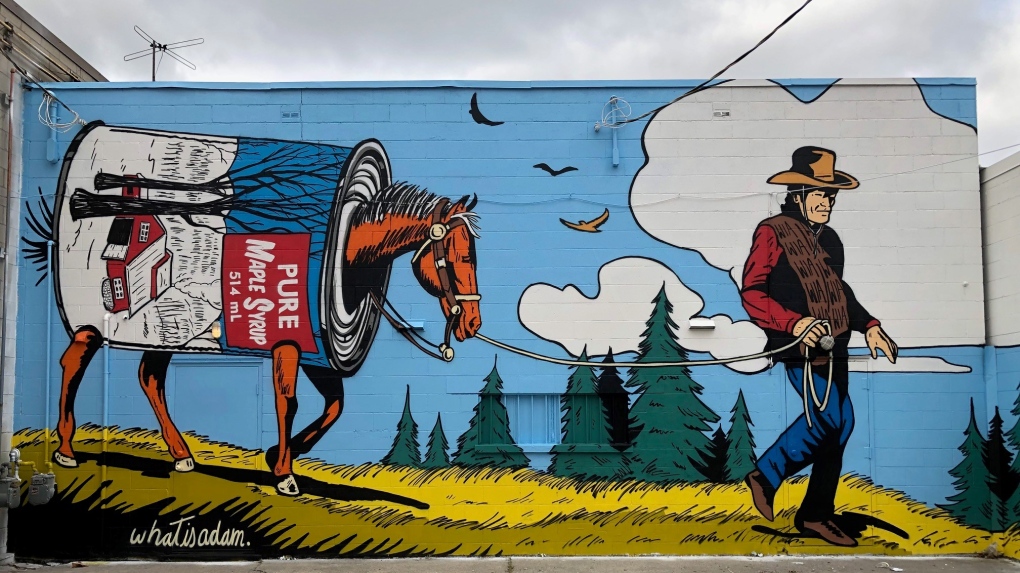
The Enigmatic Murals
Murals are an integral part of the street art movement, with artists transforming blank walls into vivid storytelling canvases. These large-scale artworks often depict themes of social justice, cultural heritage, or environmental issues. Murals can be found in every corner of the world, transforming neglected neighborhoods into living galleries. From the sprawling streets of New York City’s Bushwick district to the colorful laneways of Melbourne, these murals proudly exhibit the artistic brilliance of street artists, while simultaneously fostering community engagement and revitalizing urban spaces.
Public Art Installations
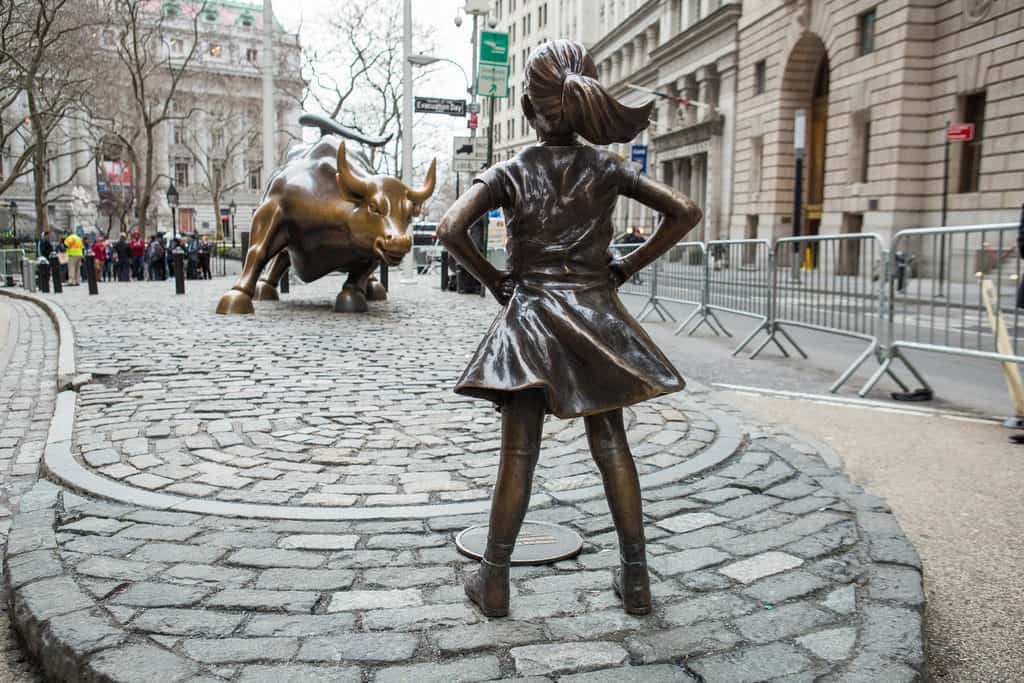
Apart from murals, the urban art scene is also marked by captivating public art installations. These ephemeral works invite viewers to question their surroundings and see urban spaces through a different lens. A prime example is Christo and Jeanne-Claude’s “The Gates,” a staggering project in which thousands of saffron-colored fabric panels were installed along the pathways of New York City’s Central Park. Public art installations create a sense of shared experience, inviting people of all backgrounds to engage with art in unconventional settings.
Graffiti Culture: Controversy and Creativity
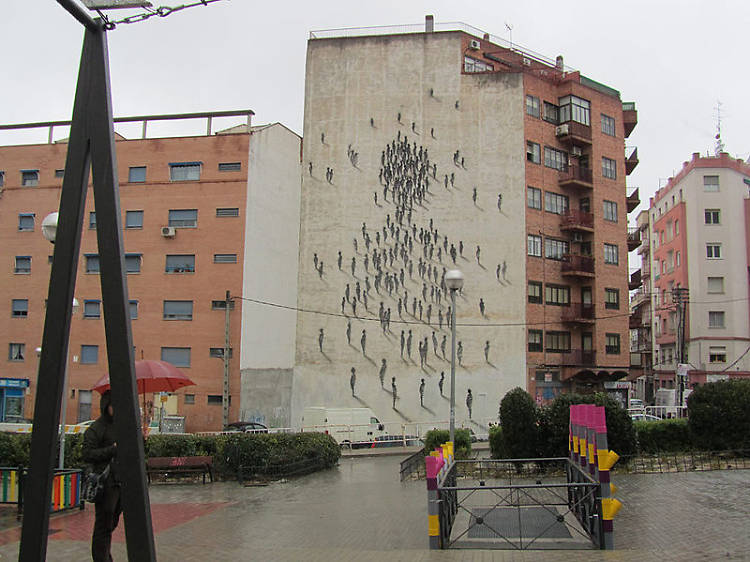
While street art has gained wider acceptance, graffiti culture remains a topic of controversy. Graffiti writers, commonly known as “taggers,” have their own distinct style and motivations. For some, it is an act of rebellion against societal constraints, while for others, it is a form of self-expression in environments lacking creative outlets. However, graffiti vandalism, such as defacing private property and leaving unsightly tags, blurs the line between art and destruction, sparking calls for greater regulation.
Street Art Festivals: Celebrating Creativity
Street art festivals provide a platform for artists to showcase their skills and bring urban art to the forefront of public consciousness. These events often feature live painting sessions, music performances, and workshops to foster a sense of community and creativity. The Mural Festival in Montreal, Canada, and the Upfest in Bristol, United Kingdom, are just two examples of street art festivals that attract artists and enthusiasts from around the world. By transforming neighborhoods into vibrant, open-air galleries, these festivals serve as catalysts for urban rejuvenation and cultural exchange.
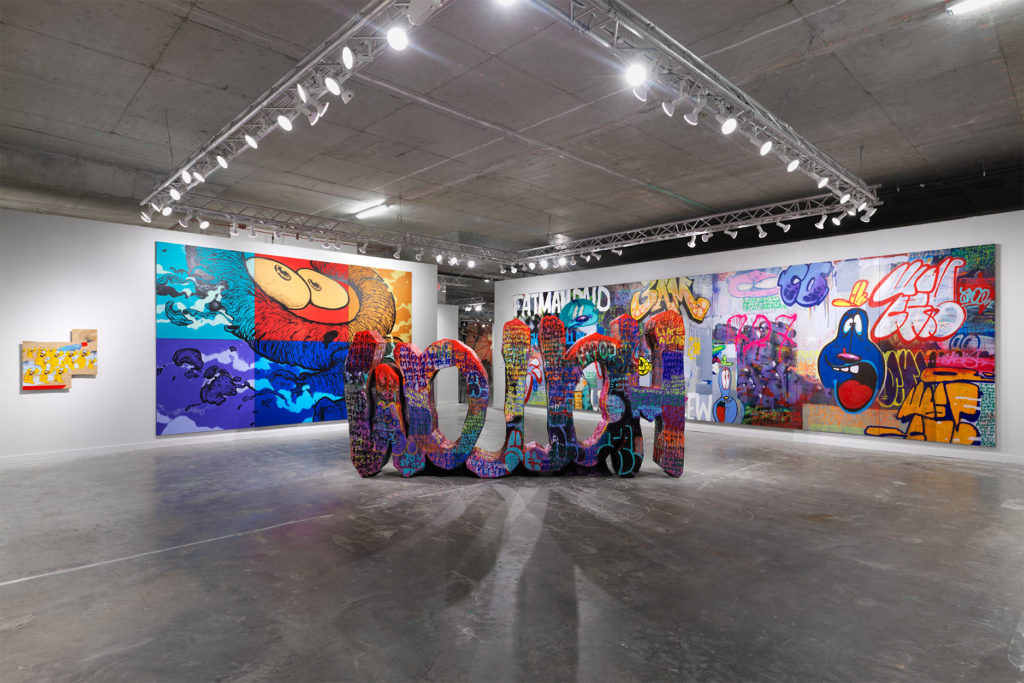
Street Art Galleries: Elevating Urban Art
While the streets remain the birthplace of street art, galleries have also recognized its value and have begun to showcase this genre alongside traditional art. Street art galleries serve as curators, nurturing emerging talent and providing a space for artists to exhibit their works. Many street artists have successfully transitioned from the streets to the galleries, gaining recognition and opening doors to new opportunities. This evolution allows a broader audience to appreciate the raw creativity and thought-provoking messages conveyed by street art.
Street art and graffiti have irreversibly changed the contemporary art world, breathing life into the concrete jungles of our cities. From the mesmerizing murals adorning buildings to the captivating public art installations challenging our perceptions, street art has become a powerful means of expression and transformation. While controversy surrounds graffiti culture, there is no denying the incredible talent and impact that street artists have on our urban landscapes. So, the next time you stroll through city streets, keep an eye out for these ephemeral masterpieces, for they are the heartbeat of our ever-evolving urban art scene.
























